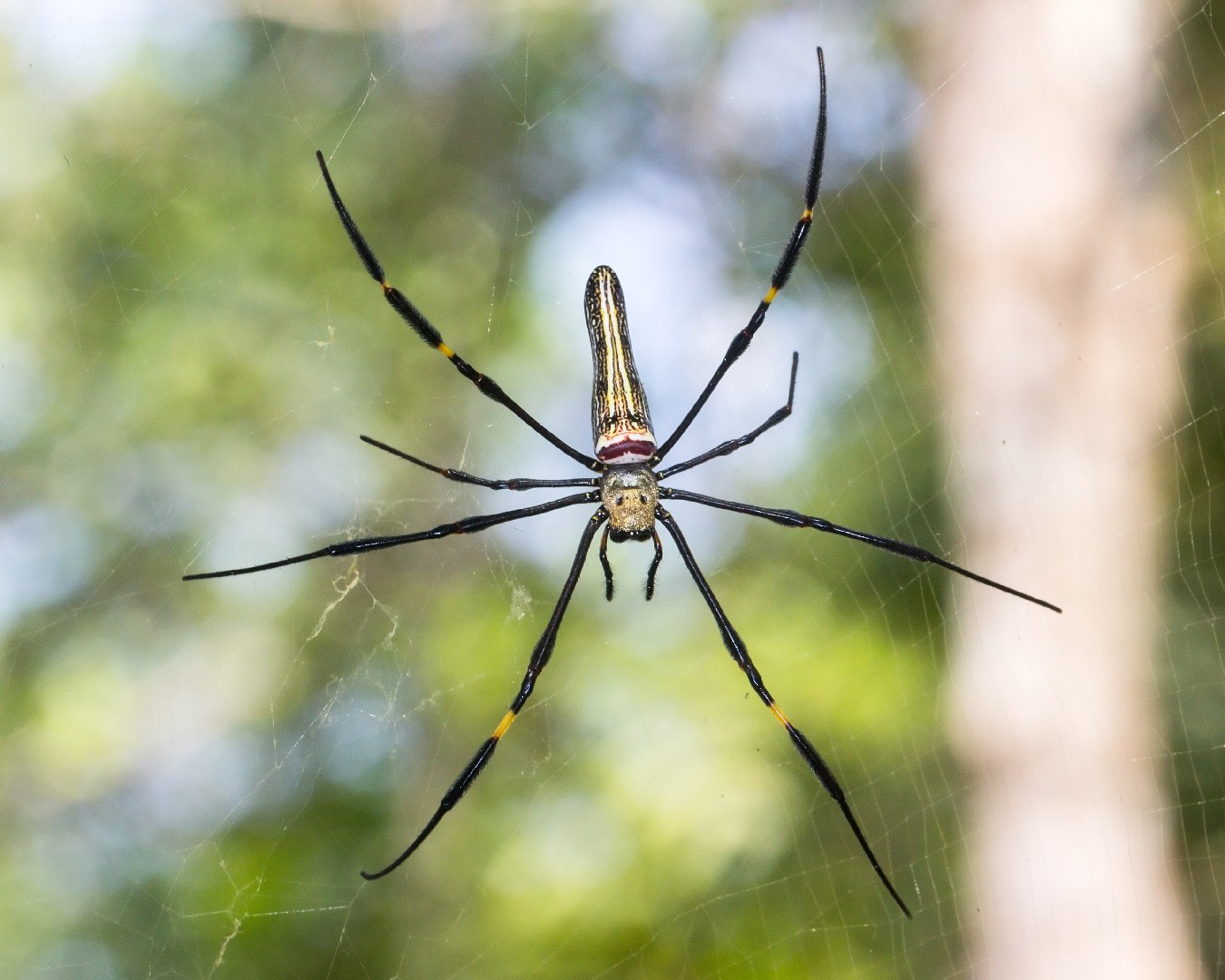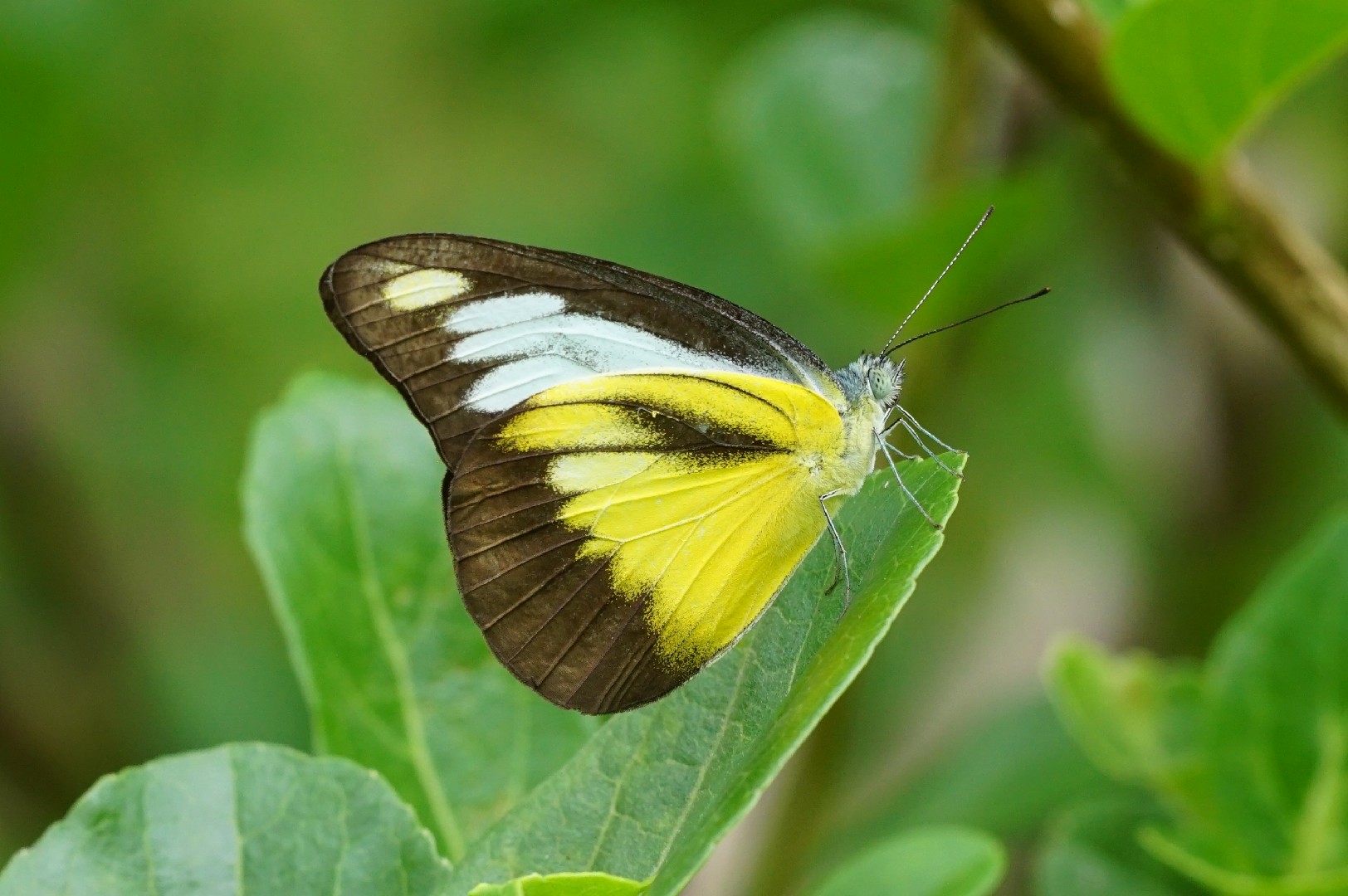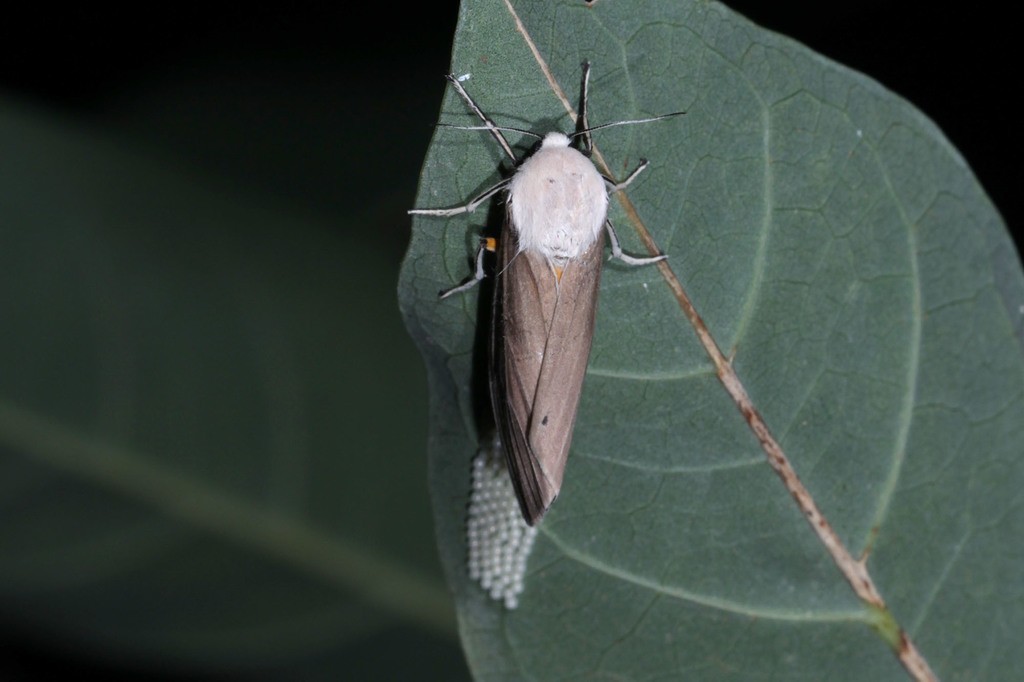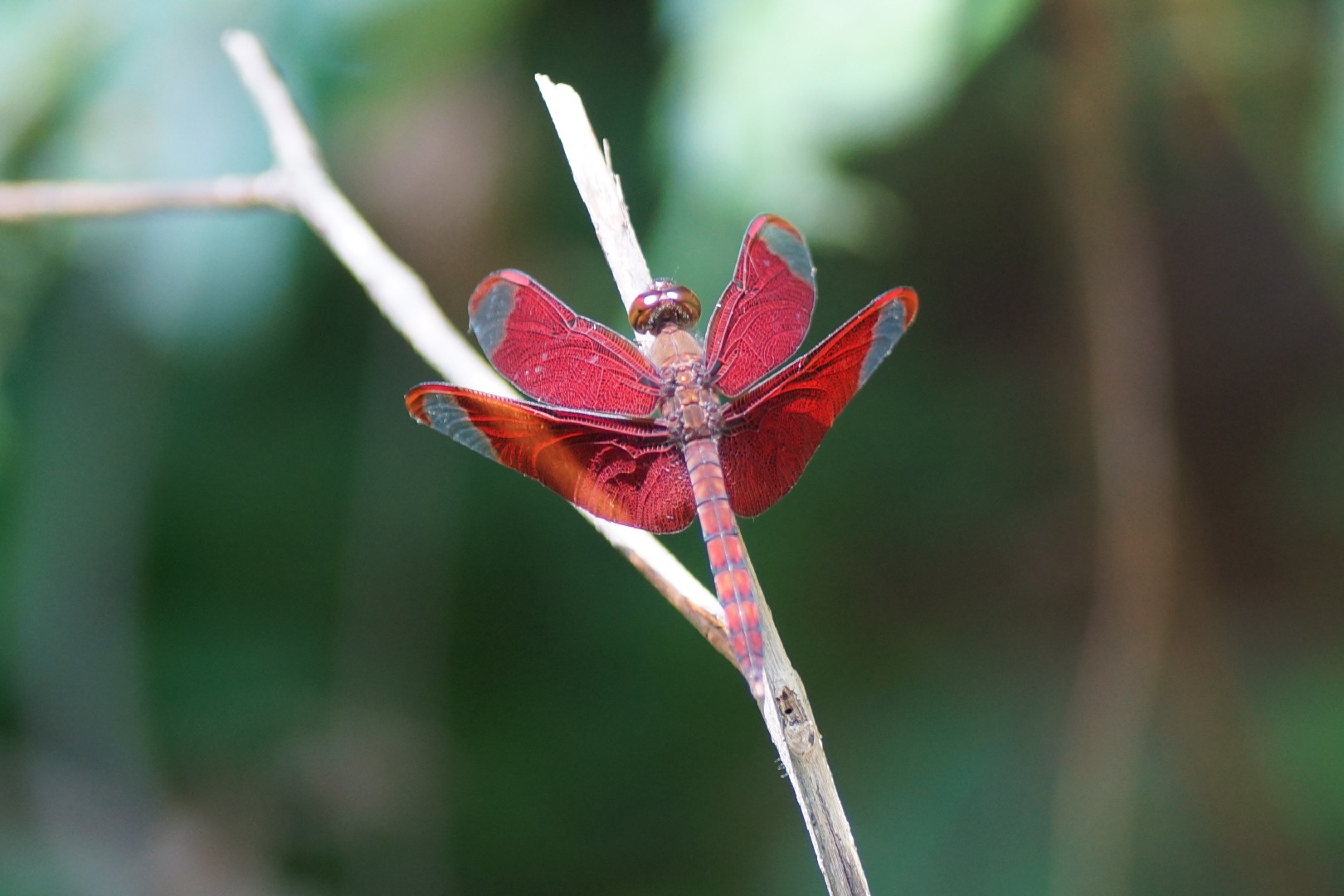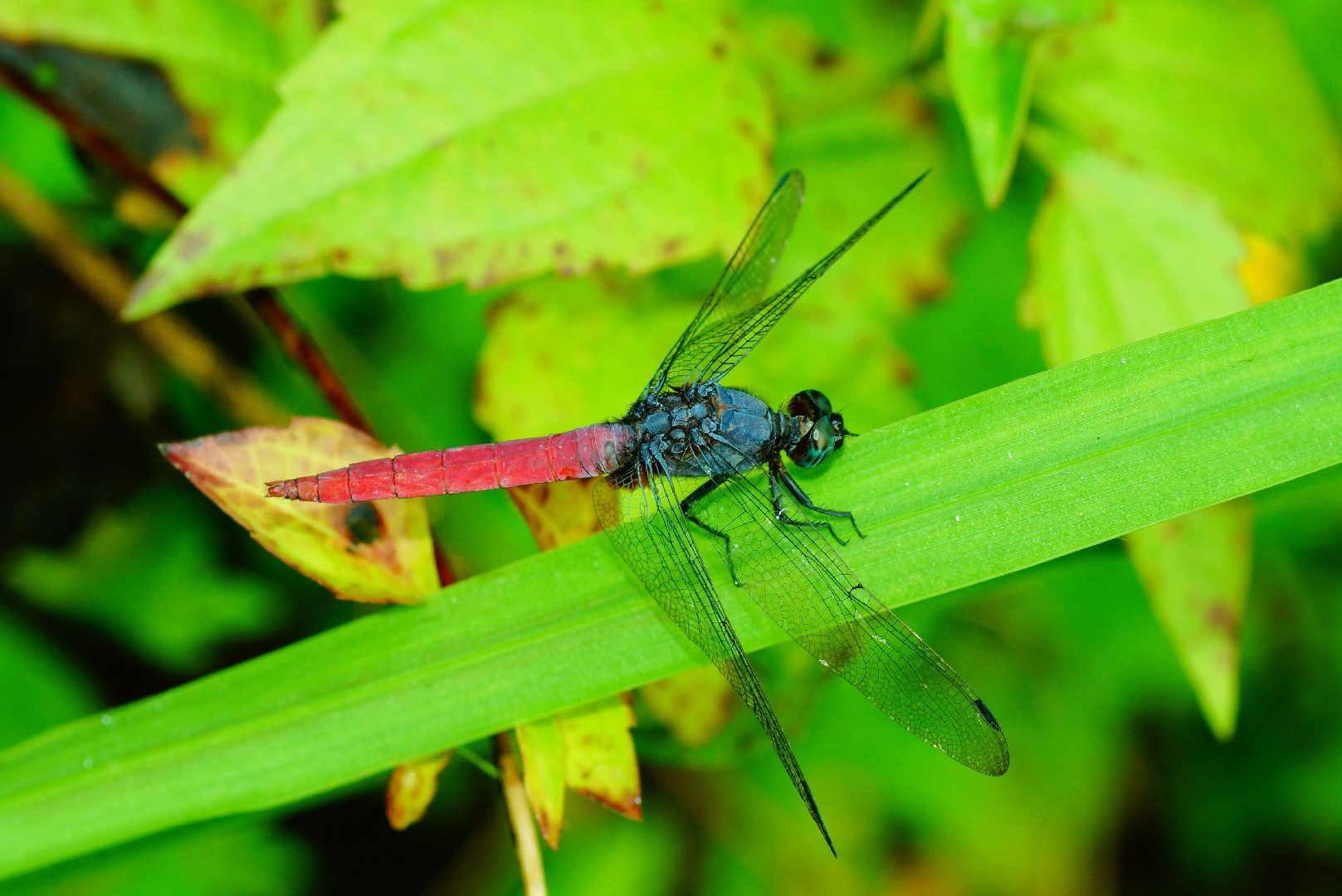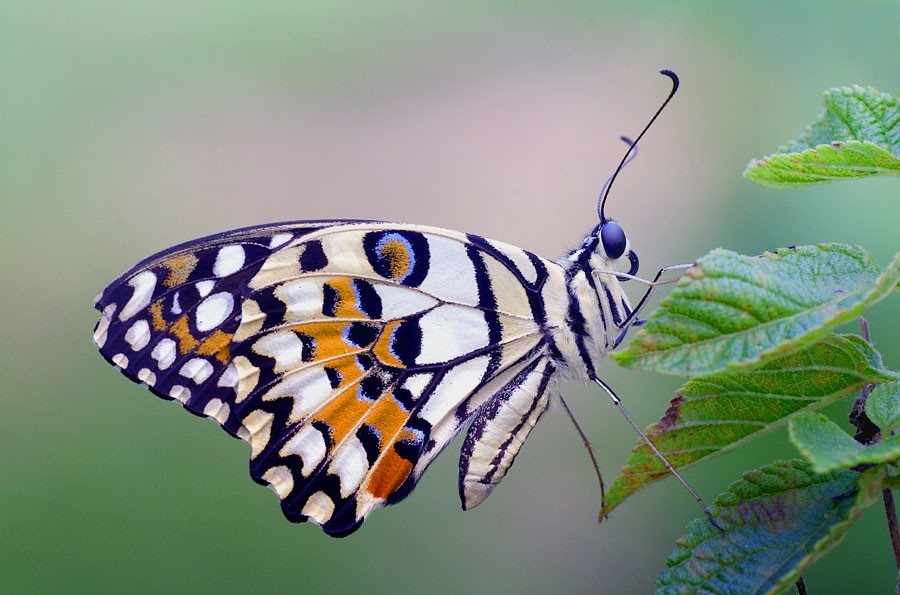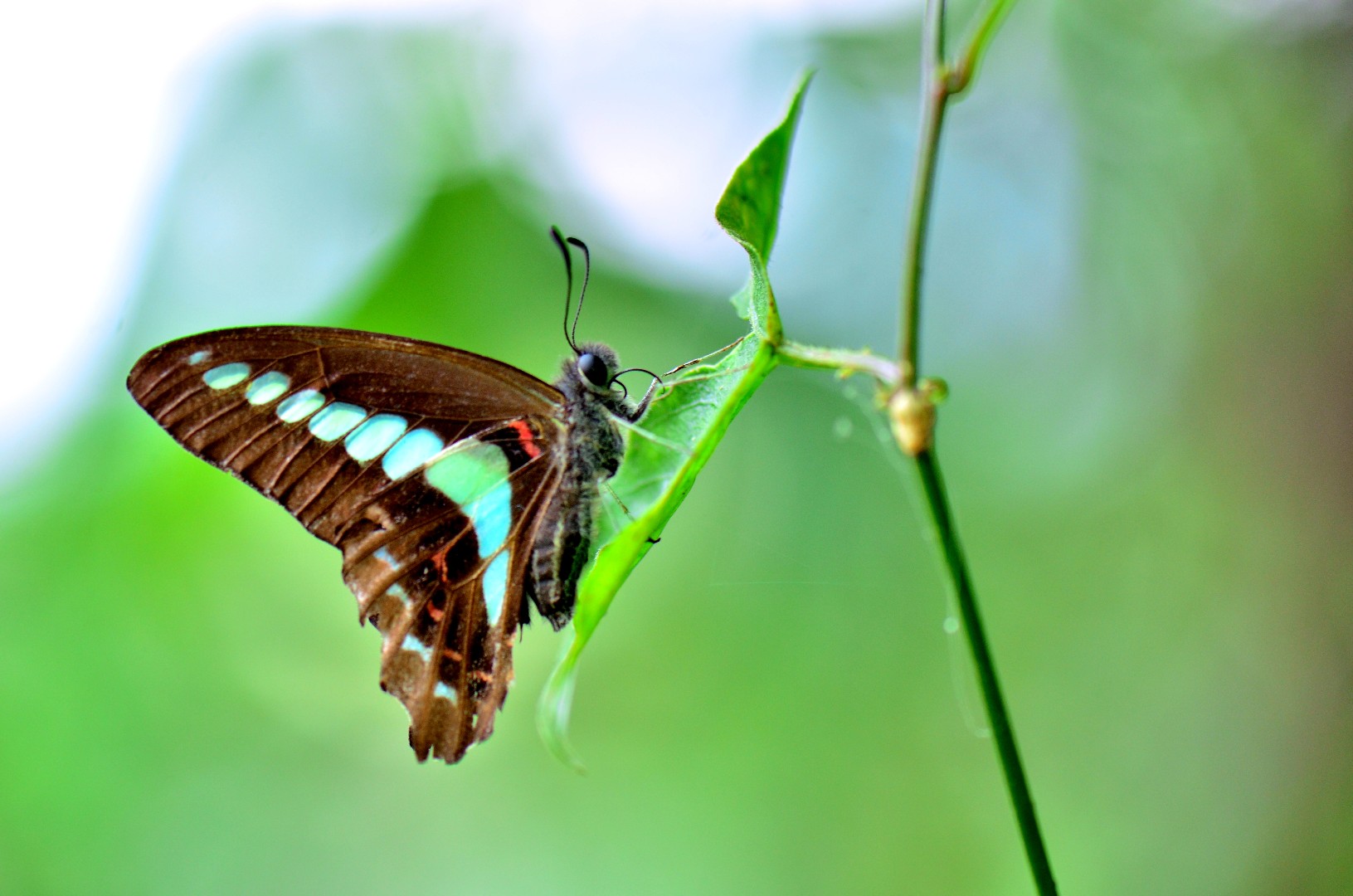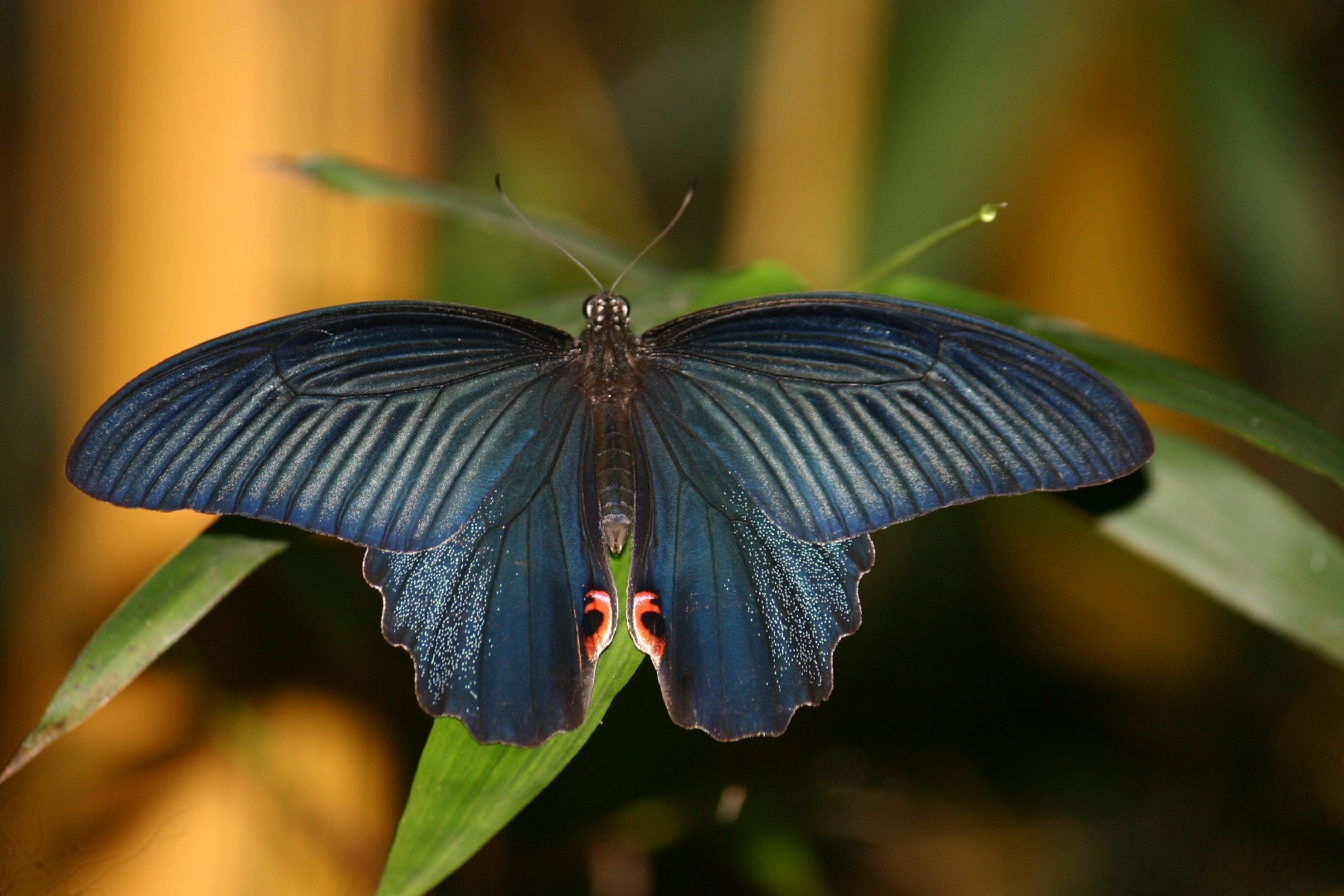Top 20 Most Common Insects in Laos
Insects, the small creatures noted for their numerous species and varied habitats, abound in Laos. The nation's diverse geography, from towering mountain ranges to dense jungles, fosters a multitude of these tiny wonders. With fluctuating ecosystems influenced by climate and human touch, Laos hosts a range of insects, from nuisances to helpful pollinators. Our list of 'Top 20 most common insects' takes you through this intricate connection between environment and insect life in Laos.
Most Common Insects

1. Weaver ant
The weaver ant can be found in silk-woven nests in the foliage of Southeast Asia and Oceania. These ants have a painful bite and prey on other small insects. Larvae have many uses for local regions, including being a popular fishing bait and a good choice of bird food.

2. Rustic
The upperside of the rustic is ochraceous light brown. Its forewing displays some loop-like, slender, dark cellular markings with a broad, somewhat curved, transverse yellow discal band from costa to vein 1. The band does not reach the termen but broadens posteriorly.The margins of the forewing are irregularly sinuous, with the inner defined broadly with black, and produced outwards in interspaces 3 and 4. Below this, the margin is squarely indented inwards in interspace 2 and outwardly convex in interspace 1. There is a curved series of three black spots. The largest is in interspaces 1, 2 and 3. The apical area beyond the band is black, with a conspicuous yellow subapical spot in interspace 5, and a paler ill-defined similar spot above it in interspace 6. In the posterior, the black area is produced narrowly to the tornus and encircles a yellow spot near the apex of interspace 2. The hindwing features a transverse sinuous and very slender black line. This line is followed by a slender and somewhat lunular line; a transverse discal series of five black spots in interspaces 2 to 6; a postdiscal medially disjointed series or broad black lunules; a subterminal series of similar but straighter lunges; and a narrow terminal black band. The outer subbasal transverse line broadens at the costa, and is outwardly margined by pale spots in the interspaces. These are anteriorly white and well defined, and posteriorly obscure or often absent. The underside of the wing is much paler. The discal band on the forewing is pale, and the black lunules on the apical area are replaced by pale brownish ochre. There are some obscure markings in the cells of both the forewings and hindwings. Markings on the forewing include a discal, transverse, slender, chestnut-brown lunular line, bent inwards above vein 5, and bordered outwardly by a series of dark spots. The large black spot in interspace 1 is the same as that on the upperside. There are inner and outer transverse subterminal series of small dentate spots. On the hindwing are indistinct cellular markings. The outer subbasal dark transverse line is similar to that on the upperside, but is more clearly defined and very sinuous. There is a transverse discal series of uneven lunules, paler than the ground colour, followed by a series of dark spots. There is a postdiscal very obscure pale lunular band, and a subterminal series of dentate dark spots, often obscure or obsolescent. The antennae, head, thorax and abdomen are ochraceous brown. Beneath, the palpi, thorax and abdomen are a very pale ochraceous white. The caterpillar is brown, with a dorsal and lateral series of darker brown markings. The head has two slender branched spines. Succeeding segments on either side feature a lateral series of semitransparent similar brown spines. The pupa is green, studded with eight slender pink filaments and four small pink tubercles. 

3. Common sailor
Dry-season form - Upperside black, with pure white markings. Forewing discoidal streak clavate (club shaped), apically truncate, subapically either notched or sometimes indistinctly divided; triangular spot beyond broad, well defined, acute at apex, but not elongate; discal series of spots separate, not connate (united), each about twice as long as broad; postdiscal transverse series of small spots incomplete, but some are always present. Hindwing: subbasal band of even or nearly oven width; discal and subterminal pale lines obscure; postdiscal series of spots well separated, quadrate or subquadrate, very seldom narrow. Underside from pale golden ochraceous to dark ochraceous almost chocolate; white markings as on the upperside, but broader and defined in black. Forewing: interspaces 1a and 1 from base to near the apex shaded with black, some narrow transverse white markings on either side of the transverse postdiscal series of small spots. Hindwing a streak of white on costal margin at base, a more slender white streak below it; the discal and subterminal pale lines of the upperside replaced by narrow white lines with still narrower margins of black. Antennae, head, thorax and abdomen black; the palpi, thorax and abdomen beneath dusky white. Wet-season form - Differs only in the narrowness of the white markings and in the slightly darker ground colour and broader black margins to the spots and bands on the underside. More than 20 subspecies have been described. This species has been observed to make sounds whose function has not been established. 

4. Glassy tiger
The scientific name of the species was first validly published in 1782 by Caspar Stoll.

5. Crimson marsh glider
The male has a reddish-brown face, with eyes that are crimson above and brown on the sides. The thorax is red with a fine, purple pruinescence. The abdomen, the base of which is swollen, is crimson with a violet tinge. The wings are transparent with crimson venation and the base has a broad amber patch. The wing spots are a dark reddish-brown and the legs are black. The female has an olivaceous or bright reddish-brown face with eyes that are purplish-brown above and grey below. The thorax is olivaceous with brown median and black lateral stripes. The abdomen is reddish-brown with median and lateral black markings. The black markings are confluent at the end of each segment and enclose a reddish-brown spot. The wings are transparent with brown tips. The venation is bright yellow to brown and basal amber markings are pale. The wing spots are a dark brown and the lags are dark grey with narrow yellow stripes. 
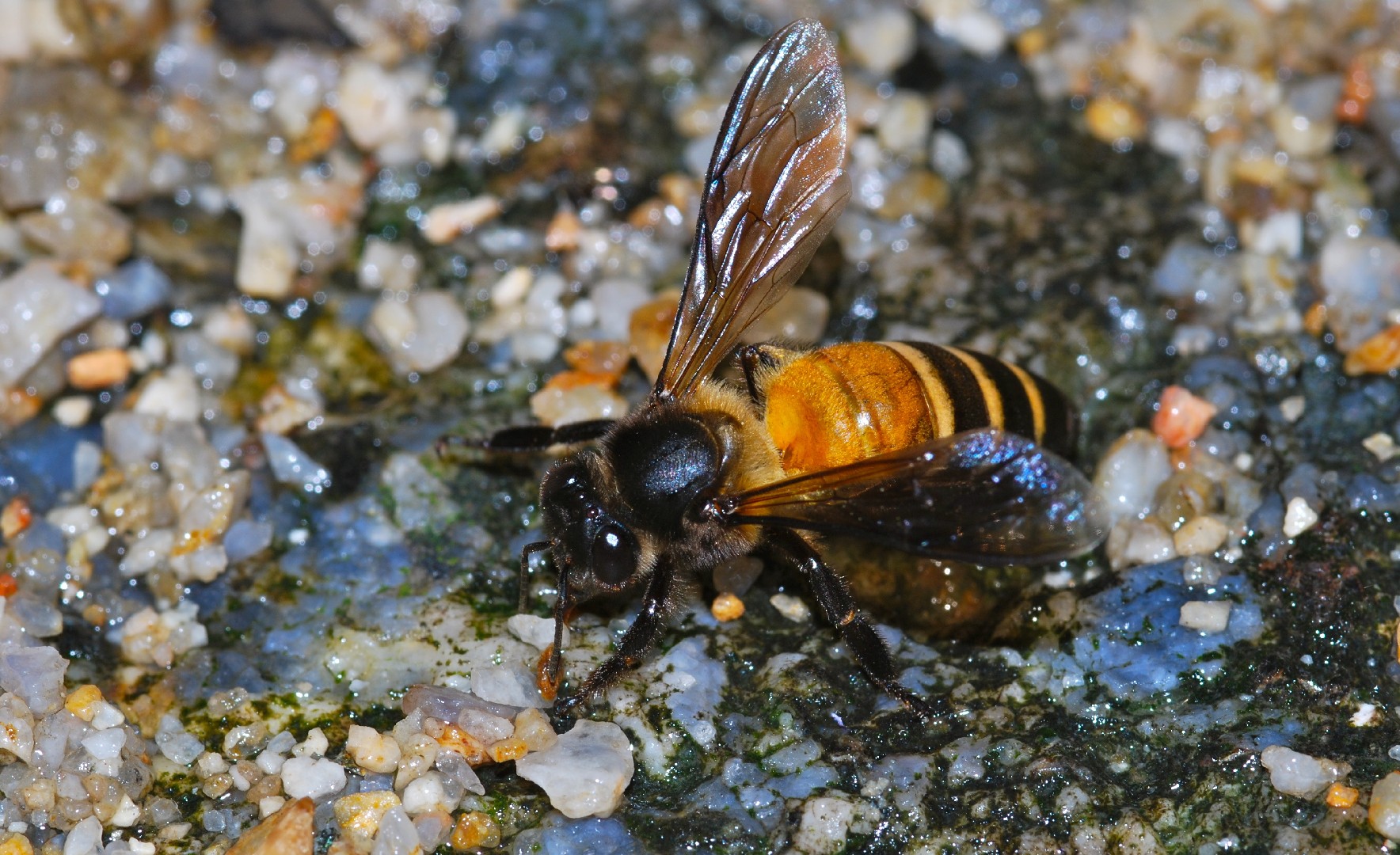
6. Giant honey bee
The giant honey bee (Apis dorsata) is incredibly defensive of their territory. This may be related to humans' honey hunting, where honey is stolen from wild bees. Their nests are built from high, overhanging locations. Much like humans, they are unlikely to build onto an old building due to safety issues. Their nests need to be sturdy, as a colony can reach up to 100 thousand workers.

7. Lemon pansy
It is brown with numerous eyespots as well as black and lemon-yellow spots and lines on the upperside of the wings. The underside is a dull brown, with a number of wavy lines and spots in varying shades of brown and black. There is also an eyespot on the lower side of the forewing. The wet- and dry-season forms differ considerably in coloration and even shape. In the wet-season form the markings are distinct and vivid and the wing shape is a little more rounded. In the dry-season form the markings are obscure and pale especially on the underside and the wing margin is more angular and jagged. 
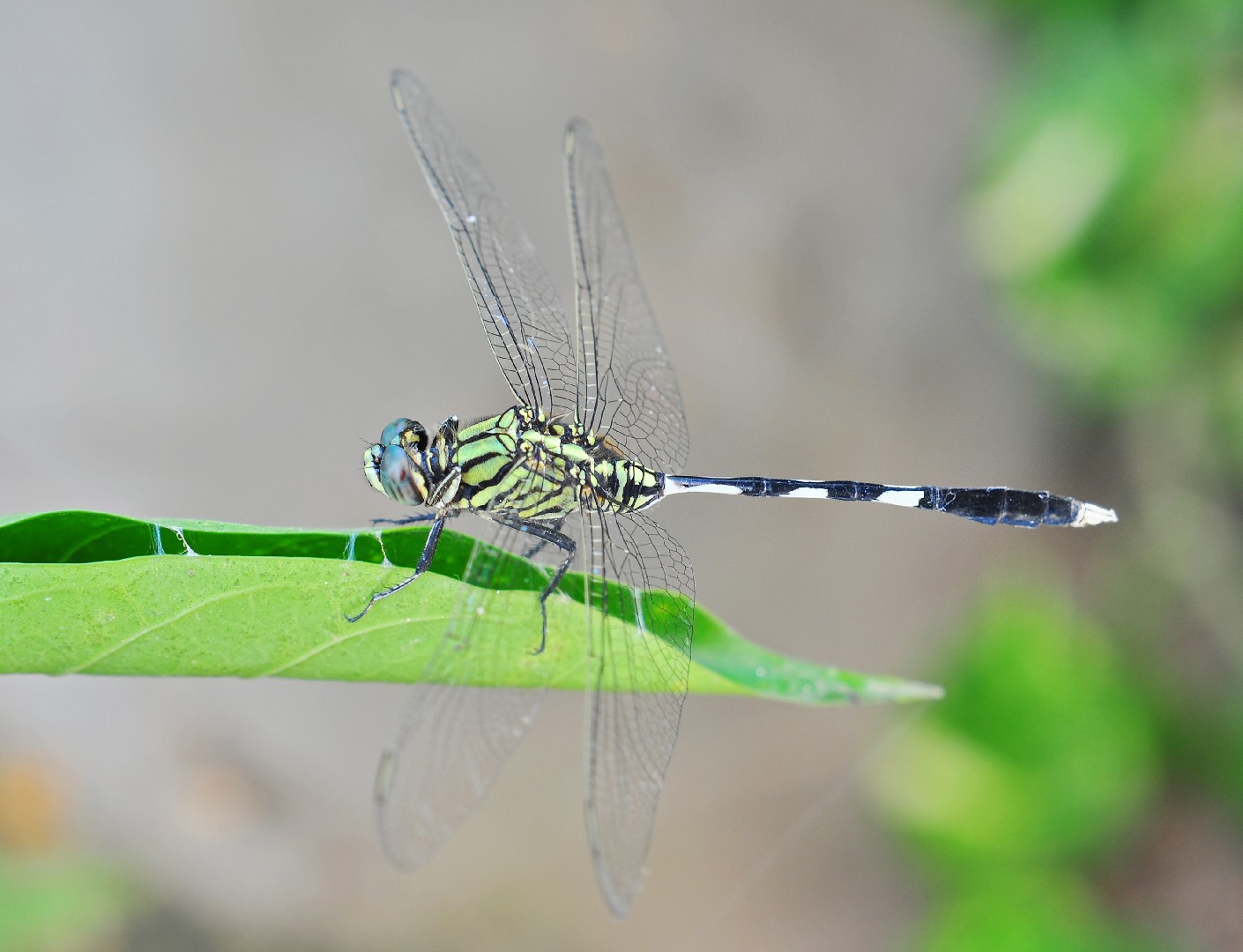
8. Slender skimmer
The species is on the IUCN Red List as not endangered, year of assessment 2009. The slender bank dragonfly occurs from Southeastern Europe and North Africa to Japan and Australia
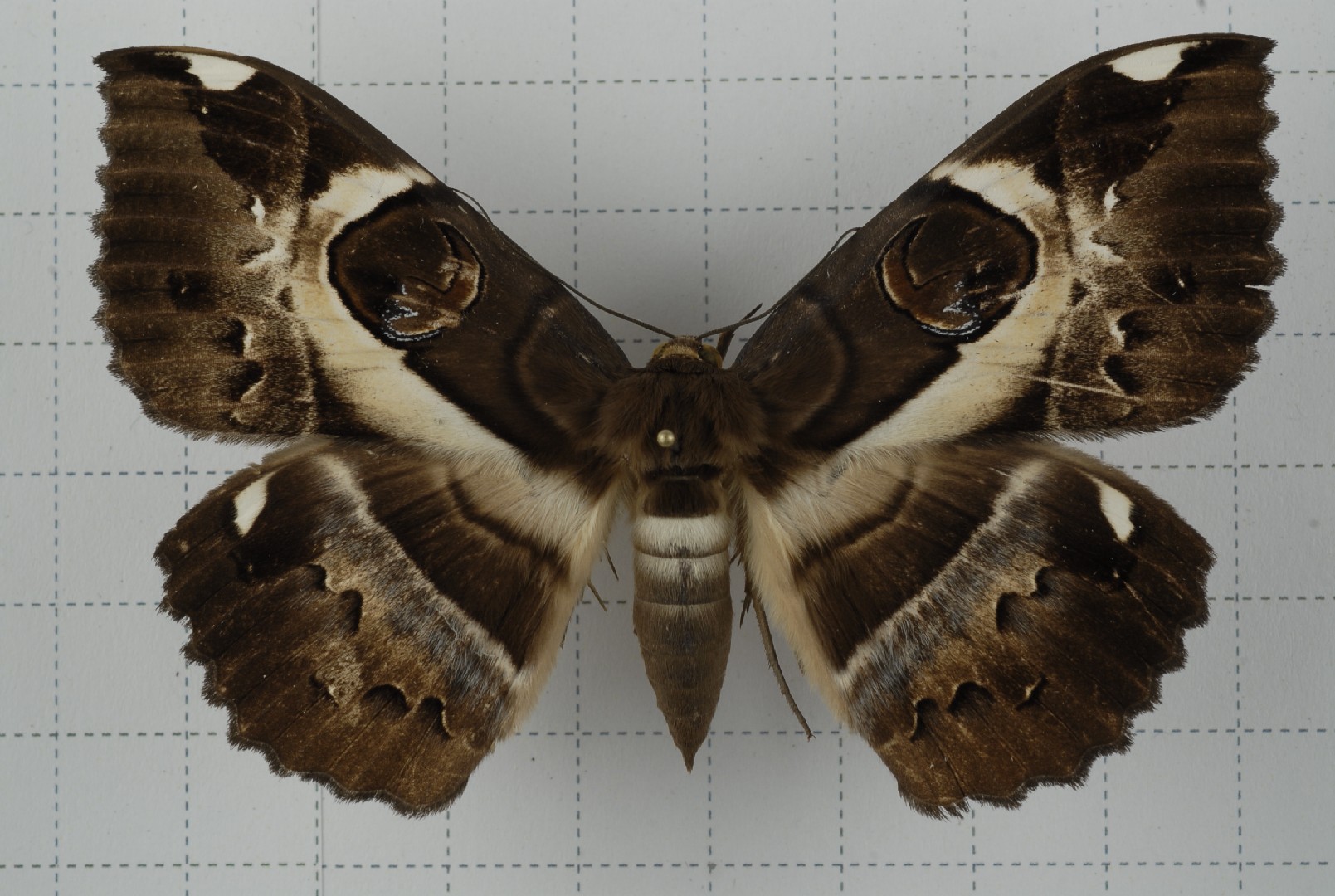
9. Erebus ephesperis
The wingspan is about 9 cm and the patterning is very obliterative, breaking the body outline with shadow like countershading. 
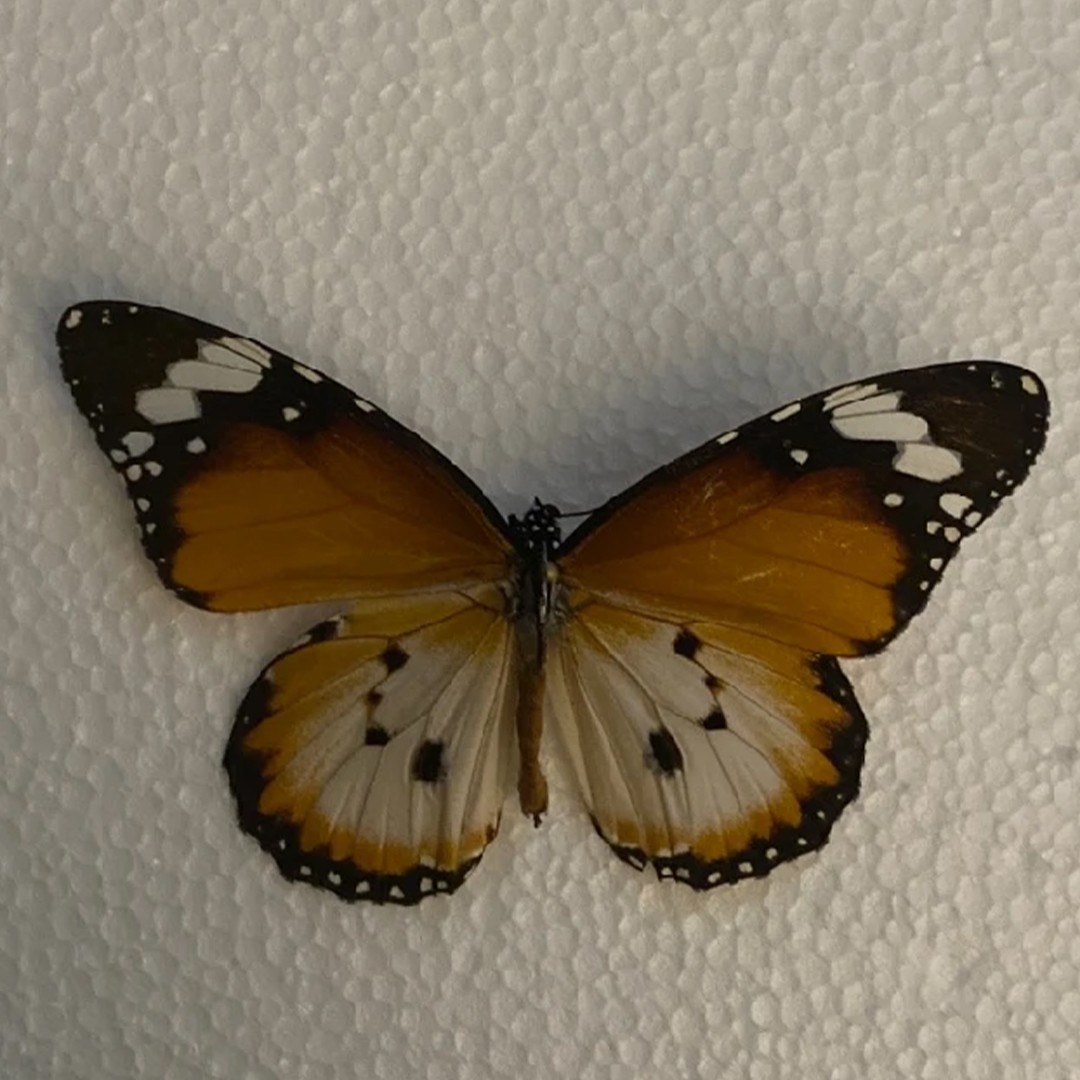
10. Plain tiger butterfly
D. chrysippus is a medium-sized butterfly with a wingspan of about 7–8 cm (2.8–3.1 in). The body is black with many white spots. The wings are orange, the upperside brighter and richer than the underside. The apical half of the forewing is black with a white band. The hindwing has three black spots in the center. The wings are bordered in black and outlined with semicircular white spots. This species exhibits slight sexual dimorphism, as the Male has large scent glands on his hindwings, which the female lacks. They appear as a large black spot with a white centre if viewed from the underside D. chrysippus is a polymorphic species, so the exact coloring and patterning vary within and between populations. It is similar in appearance to the Indian fritillary (Argynnis hyperbius), which may coexist with it. 
More
